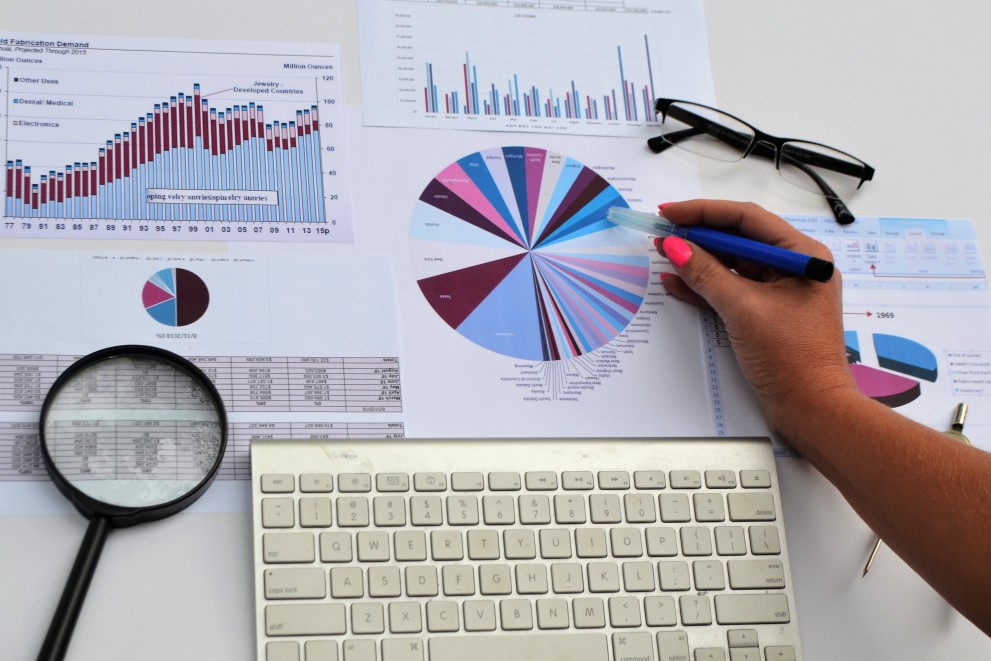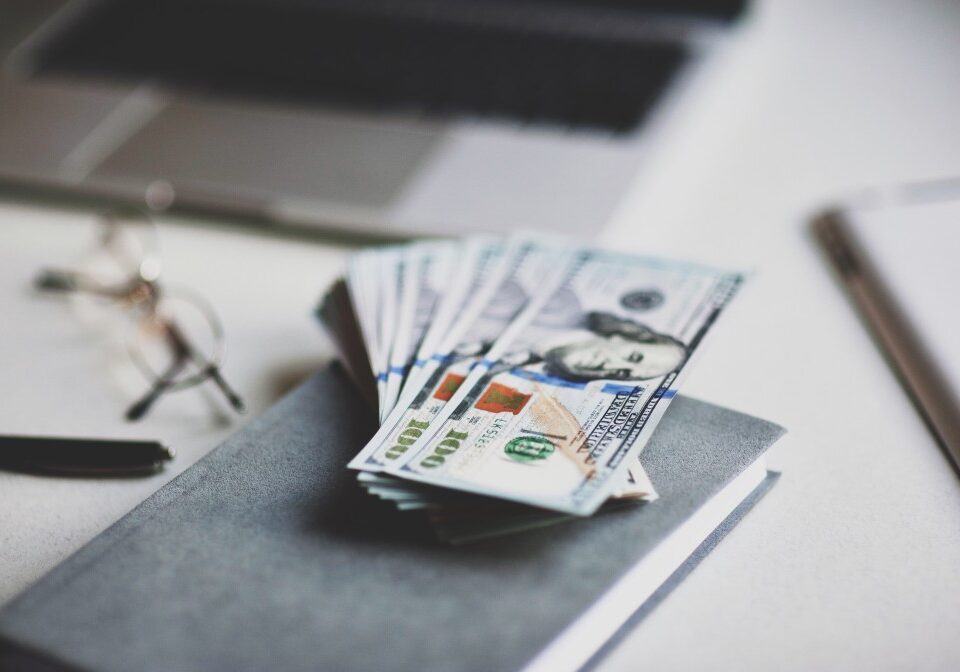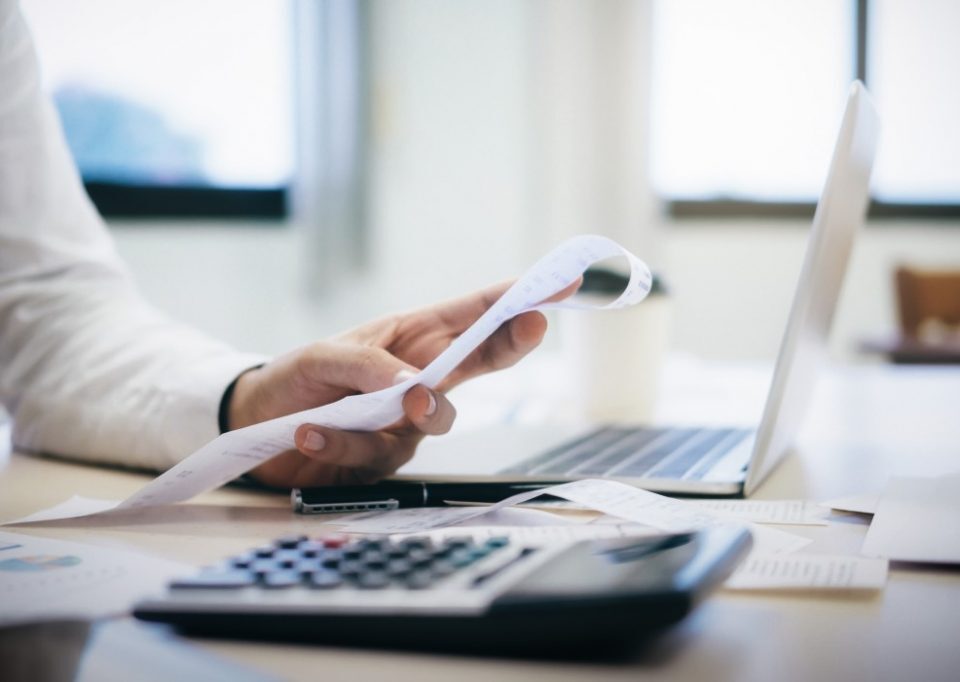
Differences in W2 employee payroll taxes
January 11, 2021
Tips on hiring Temp Employees
January 28, 2021Considering that the accounting group and all its works are here to stay, we have opted to push out some suggestions to help the accounting department to become more effective, efficient, and even more conducive for business-wide success. This can be an extension of our first post on enhancing efficiency within the accounting group. Our second article will concentrate on how these hints can help you become more proficient at your craft. Including improving your strategy to accounting so that you are able to provide excellent financial management advice.
The very first step to consider is to make sure that your accounting practices follow the approved criteria. This is vital because if accounting practices deviate from accepted standards then it’ll be very hard to comprehend what is happening. Invoices should be followed just and should be followed exactly once you issue them. Accounting invoices can lead to confusion if there are important differences from the normal billing practices.
The second step to consider is to create a good accounting system. A good accounting system will help to create financial reports that are easy to read, understand, analyze, check, and make sense of. Additionally, it will permit a small business owner to make financial reports and analyses quickly and easily. For this reason, a good accounting system will also be simple to upgrade. Updating your bookkeeping system will also permit you to create reports and analysis which will make it possible for you to grow and adapt to changing marketplace conditions.
Your accounting method must incorporate the following four primary approaches: cash-basis accounting method, depreciated cash method, accruals just procedure, and fair value measurement procedure. Your accounting method needs to be based on the techniques that you feel most comfortable with and that will best fit your business needs. Some small business owners may discover that using outsourcing accountants or a mixture of these techniques works best.

Cash Basis Accounting uses inventory and purchase data to determine the carrying values of your liabilities and assets. This procedure is best used to track daily purchases and sales. To determine the worth of your assets, your accounting department must acquire customer information that helps in valuing the items sold to customers. To estimate your liabilities, your bookkeeping department will require access to financial data which helps them compute the quantity of money owed for clients, their credit worthiness, and their present level of debt.
Depreciated Assets is measured assets that have diminished in value since the time of purchase. Good depreciation is a essential part of any business expense measurement. It’s possible to use a formulation or a bookkeeping method to determine the fair market value of your premises at the date of purchase. If the fair market value of your house is greater than your net worth in the date of purchase, then you certainly can write-off your depreciation expenses. Your accountant practices will advise you how much to deduct from your net income to produce your assets fairly comparable with other businesses selling the identical sort of products.
Inventory According To Inventories Inventory According to Receivables Inventory Based On Purchases To determine the Price of sales, accounting Utilizes invoices to Document Sells and Purchases. This assists in calculating your cost of good sold, your price of good earned, along with your gross margin. If your invoices don’t record specific costs for each transaction, then your bookkeeping departments will perform the adjusting for you. Invoicing is thought to be one of the best practices of accounting departments when it comes to keeping tabs on purchases and sales. Because invoicing is crucial for accounting purposes, it is critical that all accounting personnel follow best practices with regards to invoicing.
In regards to invoicing, all of the accounting practices can help to ensure that your client receives the very best value for their buck. Because many businesses purchase supplies on credit, it is necessary that you understand exactly what you owe your clients. This can help eliminate situations in which you are given a credit and cannot pay it back, or when you get too many credit and realize that you could no longer pay it back, then this can change the outstanding amount of your invoices. Along with invoicing, other best practices include posting the right copies of receipts and invoices, maintaining proper books to help identify your transactions, preparing your receipts for submitting, and utilizing automatic billing systems which will help you keep track of your receivables and obligations.




